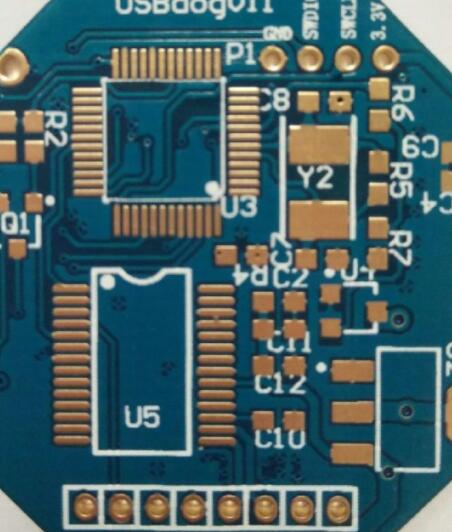The principle and technology of simulation technology and integrated circuit to realize co-simulation
At present, all simulation technologies can be integrated with integrated circuits to realize co-simulation. In a single integrated environment, design engineers can obtain the total simulation results. The interface and communication of different simulation engines (SPICE, VHDL, Verilog, C code, etc.) are opaque to engineers. They only need to care about chip models that cannot be simulated with traditional simulation software in the past.

Now, the simulation of all the devices on the circuit board can be realized by adopting the cooperative model of analog and digital devices based on SPICE, VHDL, Verilog or C code description. For the first time in history, engineers can imitate all components on the zero-point circuit board at the same time. The simulation process is the same as the real test process.
Co-simulation provides an ideal test tool for circuit boards containing FPGA and CPLD.
The fusion of schematic establishment and simulation software, PCB engineers master the schematic design software and its use. From a technical point of view, the software must be able to automatically generate a netlist, and current software enables PCB design engineers to create circuit diagrams and automatically output simulation results. Someone may ask, can it be simplified? Why not use a circuit diagram design tool that can automatically draw a simulated circuit at the same time? Therefore, through the integration of circuit diagram design tools and simulation tools, engineers do not have to consider the low-level coding process, so as to avoid spending too much time for learning SPICE simulation tools.
2. In order to improve the ease of operation, adding new functions to the PCB simulation program has always been the goal of most EDA suppliers. The realization method is to display the simulation results on the familiar virtual instrument, organize the components according to the part code file and perform "model-free" operation. At this time, there is no need to understand the placement and connection mode of the components, because the intelligent tools understand Your new design intention.
For example, the functions of the Electronics Workbench simulation tool Multiaim include oscilloscopes, spectrum analyzers, signal generators, logic analyzers and other equipment, and its appearance and features are no different from real electronic measuring instruments. These features may change the minds of engineers who have resisted simulation software.
3. The source of simulation models has been increased. In addition to the EDA tool itself having a device library (excellent simulation software vendors provide most or all of the device models they own), the device manufacturer's website is also a huge source of design models. At the same time, a large number of emerging network "component information companies" can also provide more simulation models for circuit design, combining EDA's tools with models provided by component information companies,
can meet the real-time information needs of electronic design engineers. When you choose a design tool, pay attention to assess whether the software has these functions, some software even has the ability to share the Internet design.
4. The universality of combined signal design is enhanced. General-purpose simulation techniques like SPICE are suitable for analog circuits and certain digital circuits, including medium-scale integrated circuits (MSI) and large-scale integrated circuits (LSI),
However, it is impossible to use SPICE to model quite complex digital chips(microprocessors, memories, FPGAs, CPLDs, etc.) at the transistor and gate level. The simulation models of these chips usually use hardware description languages such as VHDL or Written in Verilog, these programming languages can perfectly describe the functions of complex devices,
The relationship is much less complicated for describing the behavior of actual transistors. In fact, many programmable chips use VHDL or Verilog for functional design, and their codes can be used for functional simulation.